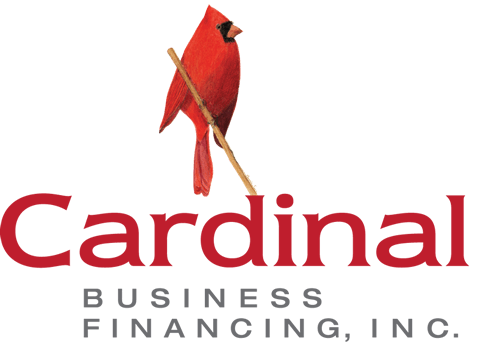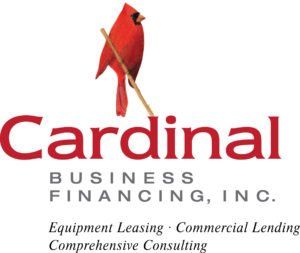Why Lenders and Businesses Must Understand the Tax Impact of PPP Loans
In a time when liquidity is of the utmost importance; it is imperative that lenders understand how Paycheck Protection Program (PPP) loans will impact borrowers’ taxes and free cash flow. The CARES Act plainly states PPP loan proceeds will not be included in gross income, which while true, is misleading based on recent statements from the Treasury Department. Based on these statements, borrowers could have materially less liquidity than was anticipated by lenders whose clients received PPP loans.
PPP loans were given to small businesses to provide working capital during the COVID-19 pandemic. Under the program, if these funds are used for essential expenses such as payroll and rent, the loan will be forgiven. If a portion of the loan is not used for these expenses, it will be payable over two to five years at 1 percent interest per annum.
It is generally believed by most lenders that it was the intention of Congress to make these tax-free loans as the language states as much. According to the text of the CARES Act 1106(i):
“Taxability.—For purposes of the Internal Revenue Code of 1986, any amount which (but for this subsection) would be includible in gross income of the eligible recipient by reason of forgiveness described in subsection (b) shall be excluded from gross income.”
Gross income is a key term that is being misunderstood as it pertains to taxability. Under normal circumstances, loans forgiven or discharged are generally included in gross income known as Cancellation of Debt income (COD). However, as noted above, Congress recognized this and specifically stated the debt discharge of a PPP loan is to be excluded from gross income, which the Treasury Department subsequently affirmed. But then the Treasury Department stated expenses attributable to the PPP loan forgiveness will not be tax deductible which, in effect, does make forgiven PPP loans taxable income, just in a more subtle way.
Let us walk through a few quick examples to illustrate. Let us assume a business has $1,000 of gross income, $500 in payroll and $100 in rent. In normal times, that entity would have taxable income of $400 as follows:

Now assume the same facts and that this entity got a $100 PPP loan and assume for a second the forgiveness was treated as COD income as normally is true undertax law. The taxable income would now be $500 as follows:

But we said earlier PPP loans are not COD income, so who cares right? Here is where the gross income distinction fits in. Now assume the business used all $100 for payroll and thus it was 100 percent forgiven. What the Treasury Department is saying is that because $100 was forgiven, it cannot be counted as an expense. So now the borrower will have taxable income as follows:

As you can see, whether you add it to income or take away an expense the taxable income amount remains the same. This fact was pointed out to the Treasury Department and they responded by citing Section 256 of the tax code which states deductions cannot be taken if they are tied to a certain class of tax-exempt income (e.g., a forgiven PPP loan).
However, if desired, Congress could override the IRS by passing a law that specifically allows the deductions. There has been precedent to do so as Congress has previously done this for military service members and religious leaders allowing them to deduct property taxes and mortgage interest even if they are receiving tax-free housing allowances.
Given that this will have a tax impact, lenders need to quantify this impact as they continue to monitor their borrowers’ financial health and liquidity. To quantify this impact, you would simply multiply the borrower’s effective tax rate times the PPP loan forgiveness amount. The effective tax rate may vary based on entity type and state(s) the borrower operates in.
In our example above, let us assume this taxpayer has an effective tax rate is 25 percent. By taking away the ability to deduct the associated expenses, their tax bill increases by $25. Another way to think about it is the effective tax-free benefit of the $100 PPP loan is only $75 and the borrower has “lost” $25 of liquidity due to taxes.
Besides layering this analysis into their monitoring procedures, lenders should be lobbying and pushing back on this. Many in the lending community believe this tax impact was not the intent of the PPP loan program. We should call our Congressional representative, SBA and local government representatives and tell them how this would hurt our borrowers’ businesses. A bill has already been introduced in the Senate that would make it clear that small businesses can deduct expenses paid with a forgiven PPP loan. There’s strong bipartisan support for the bill, so its eventual passage looks promising, but the Treasury Department already opposed the legislation. Your voice matters and with enough pressure on Congress its possible they will pass legislation making these expenses deductible and return to what was the true intent of the PPP loan program.
The post
Why Lenders and Businesses Must Understand the Tax Impact of PPP Loans
appeared first on
Cardinal Business Financing, Inc.
.



Contact Information
Business Hours
- Mon - Fri
- -
- Sat - Sun
- Closed
Register To Receive Our Free Business Finance Newsletter
Contact Us
We will get back to you as soon as possible.
Please try again later.
Cardinal Business Financing Inc.

